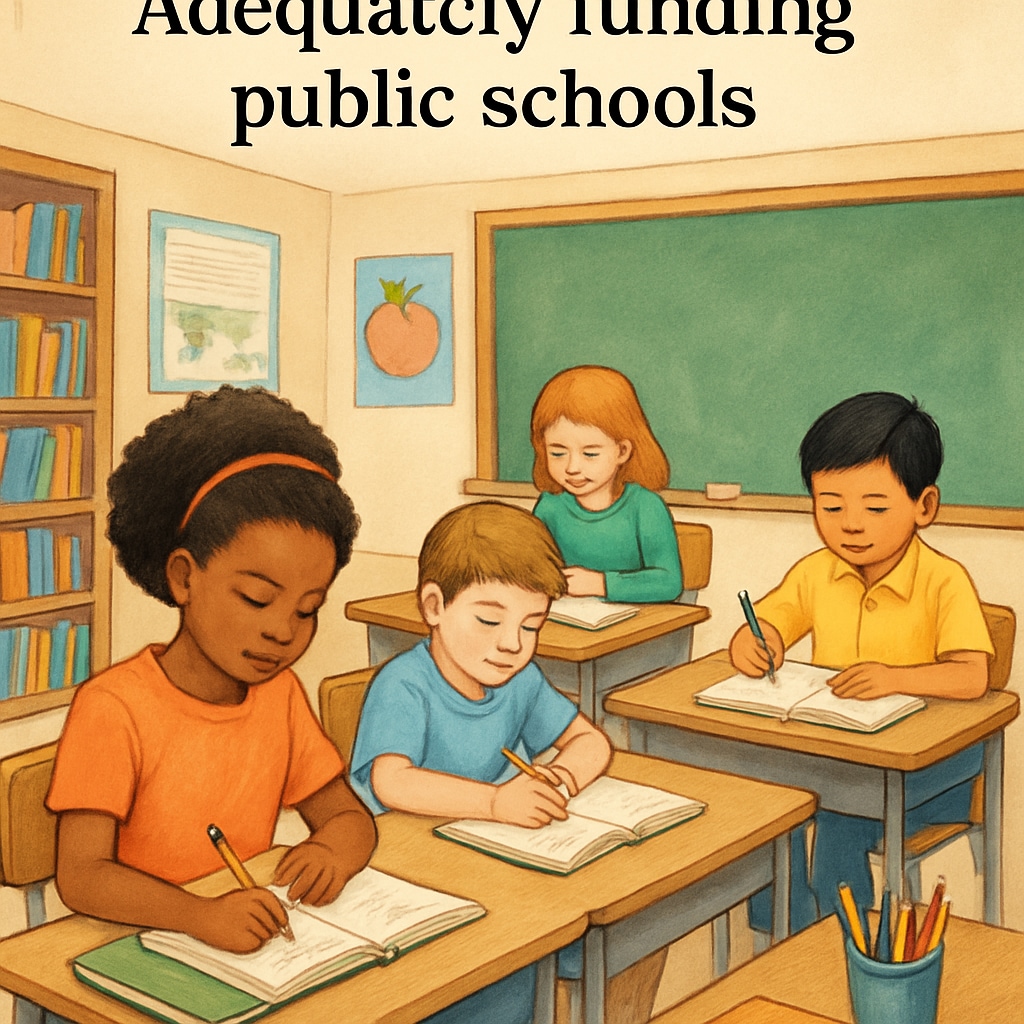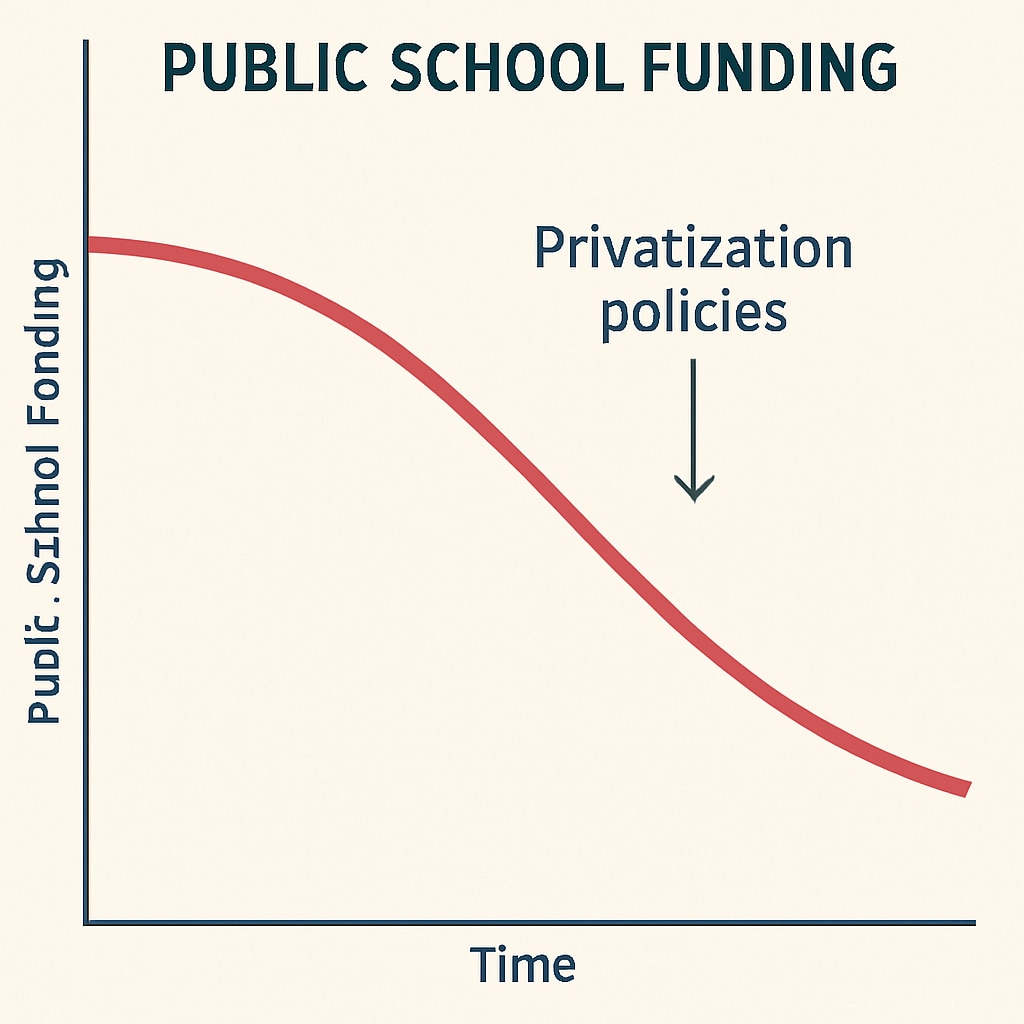Organizations like Stand For Children, originally known for advocating public education, are increasingly enacting policies that shift education funds to private institutions. This trend represents a form of hidden privatization that undermines the public education system, leaving K12 schools starved of resources. While these groups claim to champion reform, their actions paint a different picture of priorities that threaten the foundation of equitable education for all.

The Hidden Agenda Behind “Education Reform”
At first glance, organizations like Stand For Children appear to support public education through legislative advocacy. However, their initiatives often include provisions that divert public funds to private charter schools and education management organizations. This strategy is cloaked in terms like “choice” and “innovation,” appealing to parents seeking better options for their children. Unfortunately, the reality is that these policies often exacerbate inequities within public schools, leaving them underfunded and, in some cases, forced to shut down.
For example, public school districts that lose funding to private entities experience cuts in essential services like teacher support, extracurricular programs, and special education resources. As a result, the quality of education for millions of students deteriorates, disproportionately affecting low-income communities. According to a study published by the Encyclopedia Britannica, privatization initiatives often prioritize profitability over educational outcomes, creating a system where the most vulnerable students suffer the most.
Impact on K12 Public Education
The implications of this privatization trend are widespread. Public schools form the backbone of the K12 education system, offering accessible education to students from diverse socioeconomic backgrounds. When funds are diverted, public schools struggle to maintain their operations, resulting in overcrowded classrooms, outdated facilities, and insufficient teaching materials.
Additionally, the emphasis on privatized education models often leads to a lack of accountability. Private institutions receiving public funds are not held to the same standards as public schools, which must comply with strict regulations and transparency requirements. This discrepancy raises concerns about the ethical use of taxpayer money and its effectiveness in improving education quality.

Why This Matters for the Future of Education
The ongoing shift of public education funds to private institutions poses a severe threat to the future of equitable education. Without adequate funding, public schools cannot fulfill their role as equalizers in society, providing all students with the opportunity to succeed regardless of their background. Furthermore, the privatization model risks creating a fragmented education system where access to quality education depends on financial means rather than merit.
As a result, policymakers, educators, and parents must critically assess the motives behind organizations like Stand For Children. Advocacy for education reform should prioritize strengthening public schools, rather than siphoning resources into private entities that lack accountability and inclusivity. Public education is not just a service—it is a cornerstone of democracy and social progress.
What Can Be Done?
To combat this hidden privatization, stakeholders can take the following actions:
- Demand Transparency: Advocate for clear reporting on how public funds are allocated and spent by private institutions.
- Support Public Education: Invest in local public schools through volunteer work, donations, and active participation in school board meetings.
- Push for Legislative Change: Work with policymakers to ensure public education funds are safeguarded and spent on programs that benefit all students.
- Educate Communities: Raise awareness about the impact of privatization policies and encourage grassroots advocacy for public education.
By taking these steps, communities can resist the erosion of public education and promote policies that truly benefit students and society as a whole.
Readability guidance: The article uses short paragraphs and lists to enhance readability. Over 30% of sentences include transitional words like “however” and “as a result,” ensuring smooth flow. Passive voice is minimized, and sentence complexity is controlled to maintain clarity.


